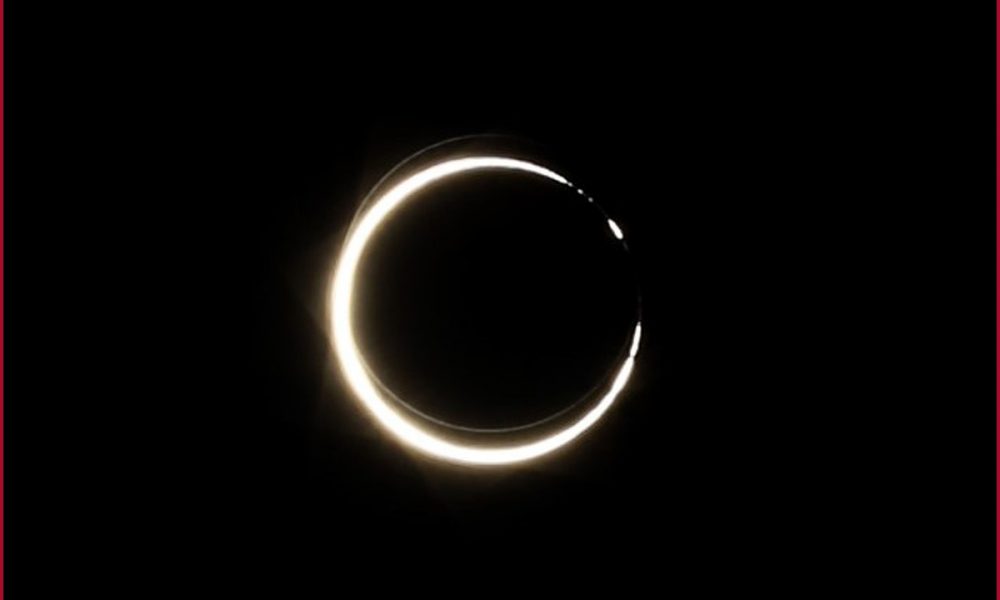Few celestial events can match the grandeur and allure of a total solar eclipse. As the moon aligns perfectly between the Earth and the sun, the former casts a shadow over the latter, engulfing the Earth in a brief moment of daytime darkness. For those lucky enough to be in the path of totality, it’s a surreal and unforgettable experience. And for North Americans, April 8, 2024, is a date to mark in the calendar, for it heralds the coming of the “Great North American Eclipse.”
So, what can we expect from the total solar eclipse 2024?
A Celestial Dance Across North America
The total solar eclipse 2024 is no ordinary event. While solar eclipses happen roughly every 18 months somewhere on Earth, total solar eclipses are rarer, and each specific location on Earth only experiences one every 375 years on average. On April 8, 2024, the path of totality will stretch from the Pacific coast of Mexico, crossing the United States from Texas to Maine, and moving up into Eastern Canada.
Cities such as Dallas, Indianapolis, Cleveland, and Buffalo will find themselves directly in the path of totality, granting residents and visitors alike a front-row seat to this cosmic ballet. Outside this narrow corridor, a partial eclipse will be visible, but it is the path of totality that promises the most awe-inspiring view.
Preparing for the Big Day
For those planning to witness the eclipse, preparation is key. The event itself will only last a few minutes, so ensuring a good viewing spot and the right equipment is essential.
While it might be tempting to stare directly at this marvel, it’s crucial to remember that doing so can cause severe and permanent eye damage. This warning can’t be stressed enough. According to https://preventblindness.org/solar-eclipses/april-8-2024-great-north-american-eclipse-total-solar-eclipse/, direct viewing of the sun can lead to a condition known as solar retinopathy, damaging the eyes’ retinal tissues and leading to permanent vision impairment or blindness.
To safely watch the eclipse:
1. Use approved solar viewing glasses: These are not your typical sunglasses. Eclipse glasses are designed specifically to protect your eyes from the intense solar radiation.
2. Try pinhole projection: This is a simple and safe method to view the solar eclipse indirectly. By allowing sunlight to pass through a small hole onto a makeshift screen, you can watch the eclipse’s progress without looking directly at the sun.
3. Utilize telescopes or binoculars with solar filters: If you want a closer look, ensure that your viewing equipment is fitted with appropriate solar filters.
The Cultural and Scientific Significance
Throughout history, solar eclipses have been viewed with a mixture of awe, fear, and reverence. They have been seen as omens, celebrated in art and literature, and used as markers to date historical events.
But beyond the cultural implications, solar eclipses, like the upcoming total solar eclipse 2024, also offer a unique opportunity for scientific study. For astronomers, these events provide a rare chance to study the sun’s outer atmosphere, or corona. The corona is usually obscured by the bright light of the sun’s surface, but during an eclipse, with the main body of the sun blocked out, the corona can be observed in all its ethereal beauty.
A Moment to Reflect
In a world that often seems divided, events like the total solar eclipse 2024 serve as a gentle reminder of our shared humanity and our tiny, yet significant, place in the cosmos. For a brief moment in time, millions will look up, collectively holding their breath, as day turns to night and then back again. It’s a chance to feel connected, not only to the universe but to each other.
In conclusion, the Great North American Eclipse is not just an astronomical event; it’s a cultural and collective experience. Whether you’re in the path of totality or watching from afar, April 8, 2024, promises to be a day of reflection, wonder, and shared human experience. Don’t miss it.


 Using SQL for Bayesian Inference: Building Probabilistic Models with Data
Using SQL for Bayesian Inference: Building Probabilistic Models with Data  Why do people love the surprises in online slot games?
Why do people love the surprises in online slot games?  Can shockwave for ED help men with high cholesterol?
Can shockwave for ED help men with high cholesterol?  Feeding Sheep Through the Seasons: Changing diets for summer and winter
Feeding Sheep Through the Seasons: Changing diets for summer and winter  Role of CBD Vape Pens in Natural Pain Relief?
Role of CBD Vape Pens in Natural Pain Relief?  Simple Steps to Prevent Burnout Before It Takes a Toll
Simple Steps to Prevent Burnout Before It Takes a Toll  Why Low-Acid Organic Coffee is the Perfect Choice for Sensitive Stomachs?
Why Low-Acid Organic Coffee is the Perfect Choice for Sensitive Stomachs?  Which Ayurvedic Medicine is the Best Tablet for Piles?
Which Ayurvedic Medicine is the Best Tablet for Piles?  Discover the Latest Hits on Zee5: Must-Watch Movies and Series
Discover the Latest Hits on Zee5: Must-Watch Movies and Series 